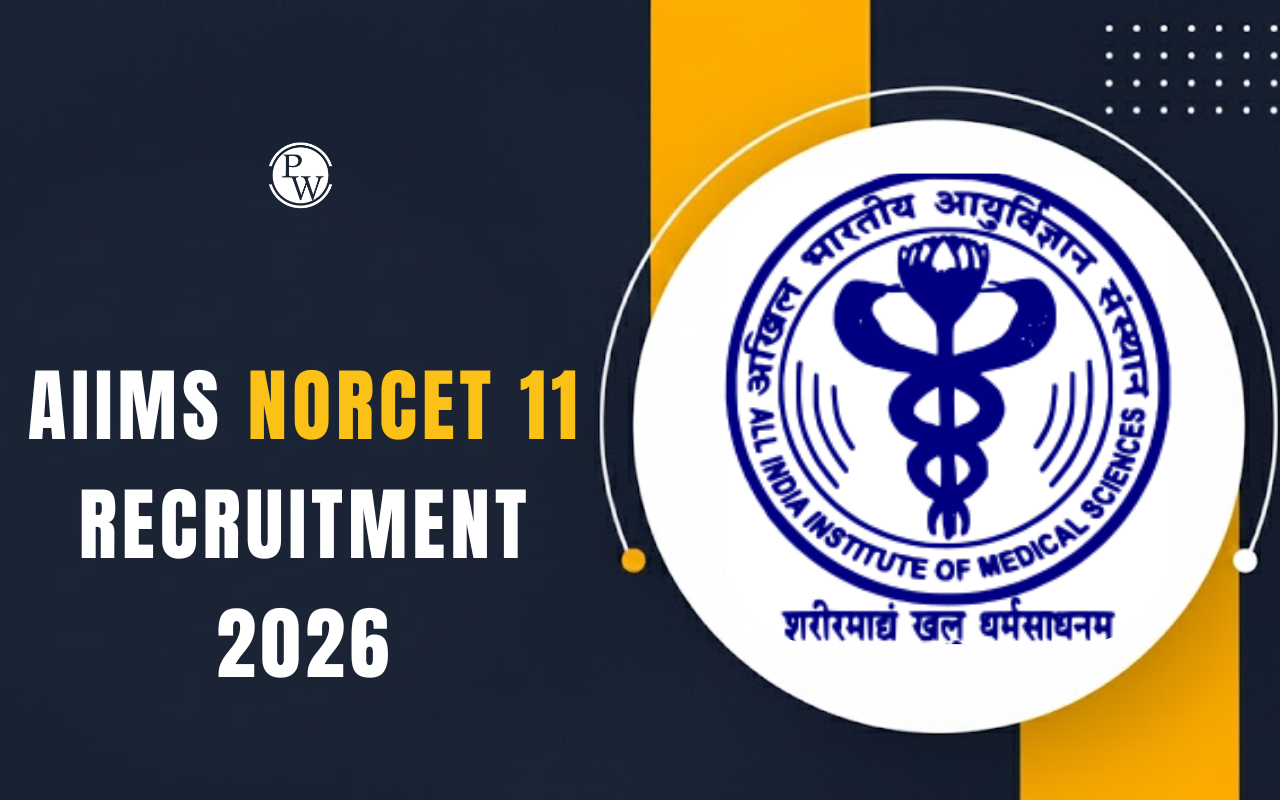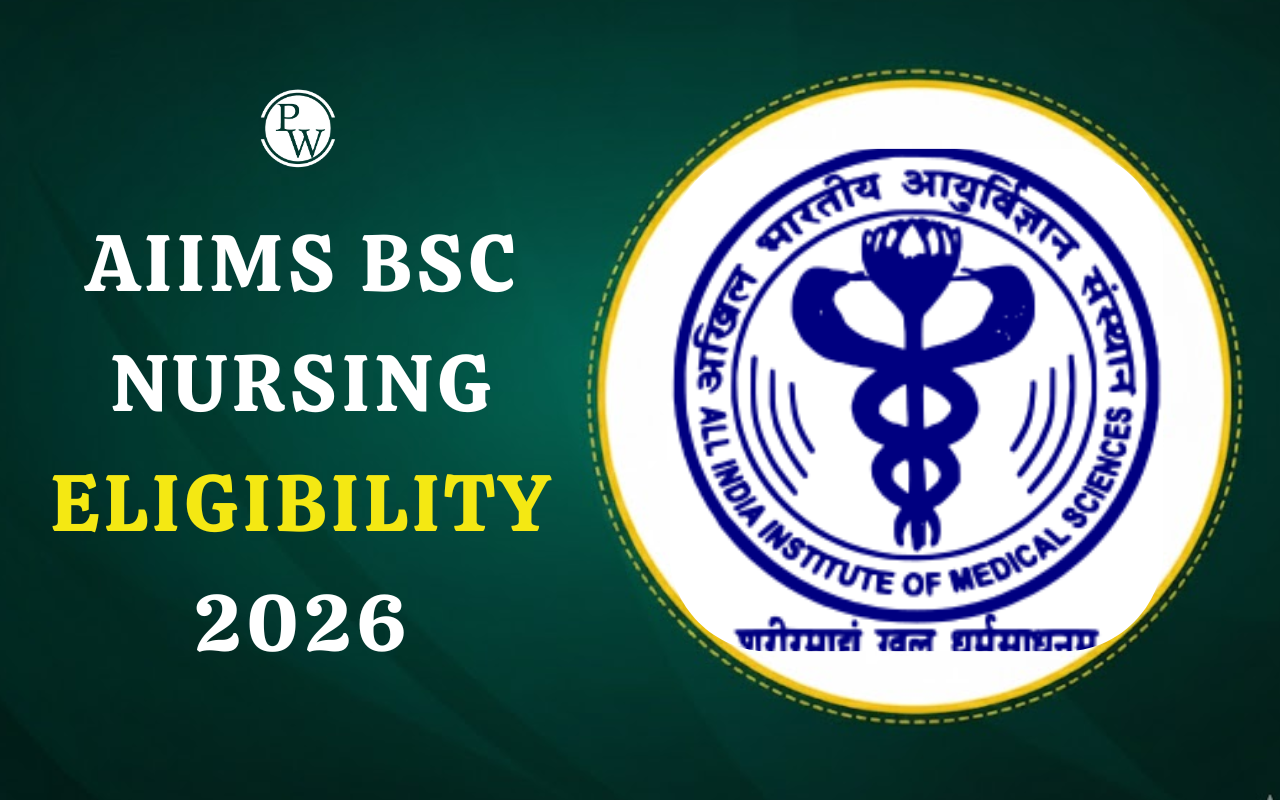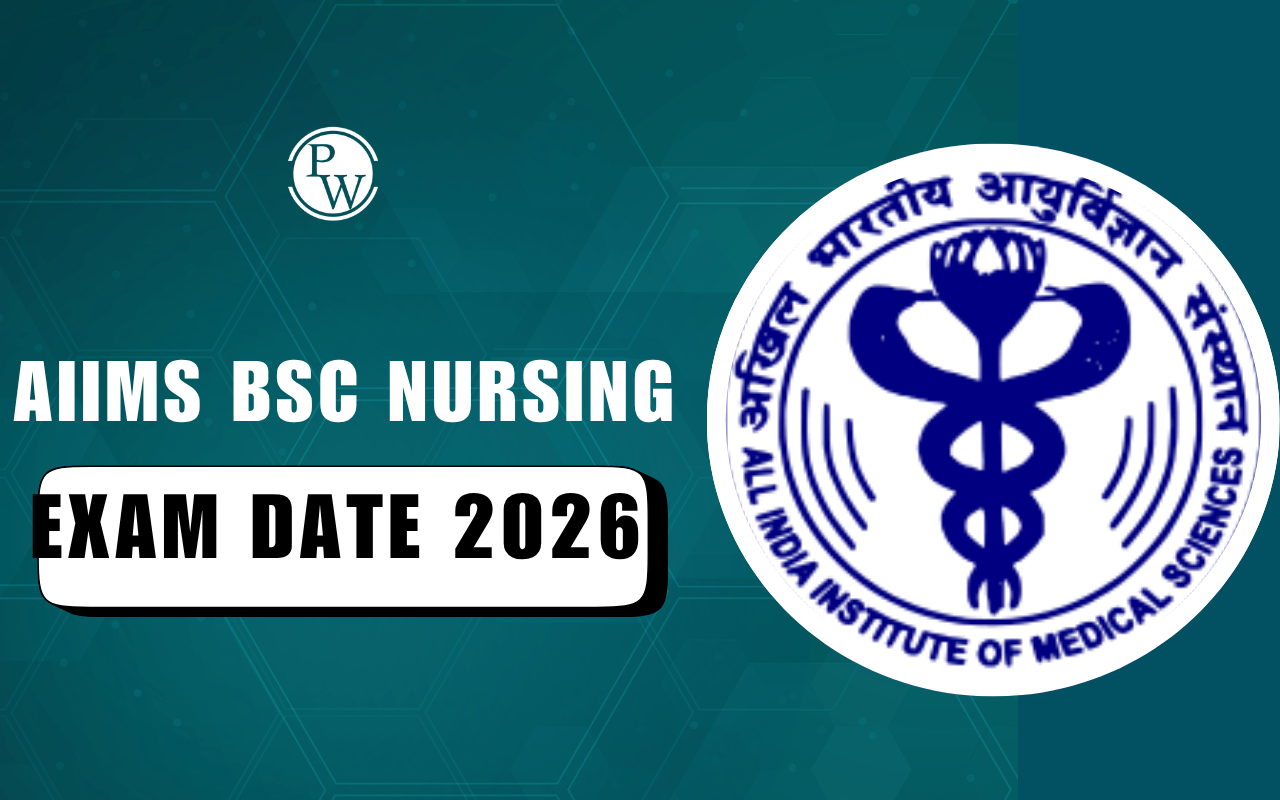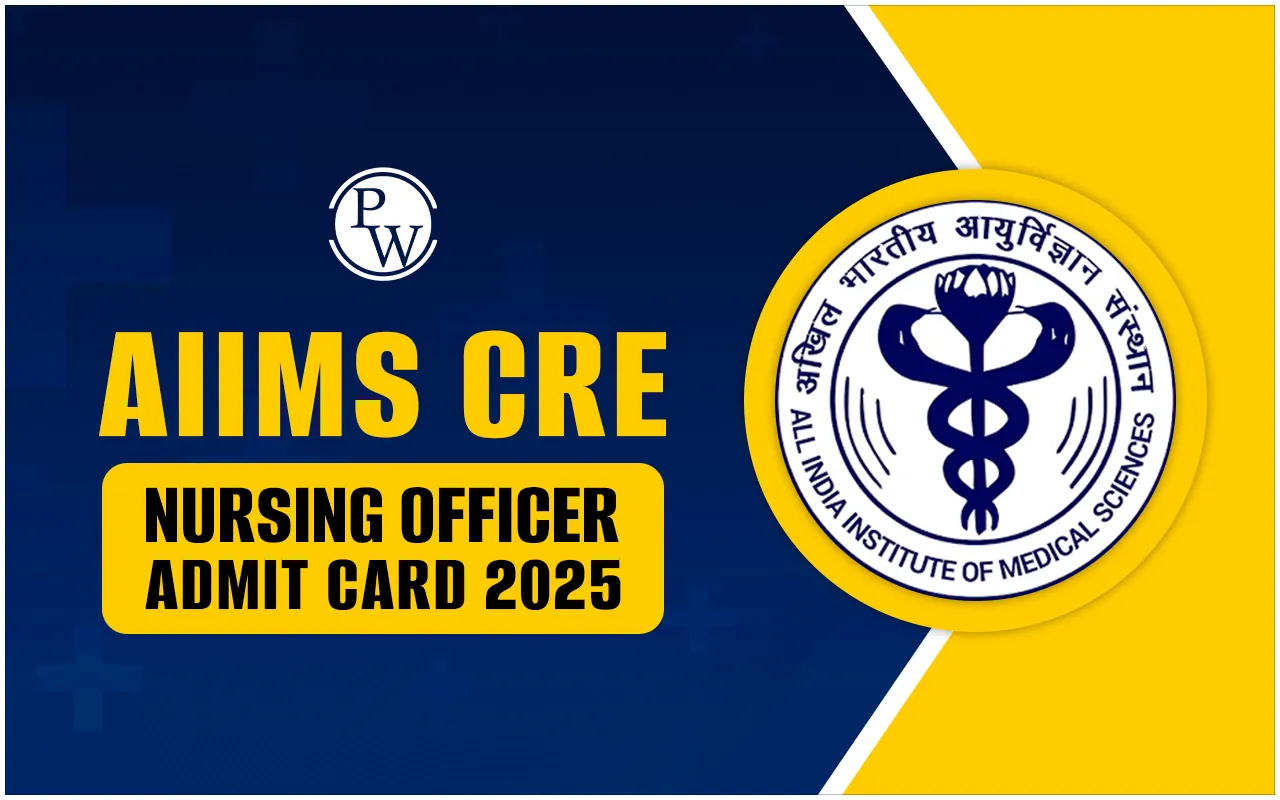
Community Health Nursing: Community health nursing stands as a cornerstone in the healthcare system, emphasising the significance of proactive healthcare within communities. This specialised branch of nursing focuses on promoting and preserving the health of populations, making it an indispensable part of modern healthcare. In this blog, we’ll talk about community health nursing, its types, roles and responsibilities, objectives, and much more!
Community Health Nursing Definition
At its core, community health nursing revolves around promoting and preserving the health of populations within specific communities. Unlike other nursing specialties that primarily focus on individual patient care, community health nursing adopts a broader perspective, targeting entire communities or populations. Historically, its roots trace back to the early 20th century when healthcare professionals recognized the need for preventive measures and health education on a community level. Over time, this nursing discipline has evolved, incorporating various strategies to address the unique health needs and challenges faced by diverse communities.4 Types of Community Health Nursing
There are multiple types of community health nursing. Here are the 4 main types of community health nursing:1. Public Health Nursing
Public health nurses focus on preventing diseases, promoting health, and educating communities. They work with community partners to pinpoint health risks, create intervention plans, and carry out educational programs. These nurses significantly contribute to improving community health results by building alliances with local groups, schools, and government agencies.2. School Health Nursing
Within the educational realm, school health nurses focus on ensuring the well-being of students. Their responsibilities encompass conducting health screenings, administering vaccinations, managing chronic conditions, and promoting healthy lifestyle habits among students. By fostering a healthy school environment, school health nurses contribute to academic success and overall student well-being.3. Occupational Health Nursing
Occupational health nurses operate within workplace settings, addressing health concerns specific to particular occupations. They collaborate with employers to ensure workplace safety, conduct health assessments, and provide employees with resources to maintain optimal health. By addressing occupational hazards and promoting employee wellness, occupational health nurses contribute to fostering a safe and healthy work environment.4. Home Health Nursing
In the realm of home health nursing, professionals deliver care to individuals within their residences. Whether assisting patients recovering from surgeries, managing chronic conditions, or providing end-of-life care, home health nurses play a crucial role in enhancing patient outcomes and promoting independence. By offering personalised care within familiar surroundings, home health nurses facilitate optimal recovery and quality of life.Roles and Responsibilities of Community Health Nursing
Community health nursing is a multifaceted discipline that requires professionals to assume various roles and responsibilities to foster community well-being. Let's delve deeper into these essential roles and responsibilities that define the scope and impact of community health nursing: Assessment:- Community Health Needs Assessment: Conducting thorough assessments to identify prevalent health needs, priorities, and disparities within specific communities.
- Risk Identification: Recognizing potential health risks, environmental factors, and social determinants impacting community health outcomes.
- Resource Mapping: Identifying available healthcare resources, services, and facilities within communities, ensuring optimal utilisation and accessibility.
Planning:
- Program Development: Designing, developing, and implementing community health programs, initiatives, and interventions tailored to address identified needs and priorities.
- Resource Allocation: Strategically allocating resources, funding, and personnel to maximise program effectiveness and sustainability.
- Stakeholder Engagement: Collaborating with community leaders, organisations, stakeholders, and residents to foster partnerships, garner support, and ensure community buy-in for proposed initiatives.
Implementation:
- Promoting Health: Plan and carry out activities, campaigns, and events to boost awareness, educate the community, and inspire healthy habits.
- Preventing Diseases: Put in place strategies for disease prevention, conduct vaccination drives and screenings, and take actions to reduce health risks and strengthen community resilience.
- Outreach to Communities: Engage in outreach efforts, visit homes, and set up mobile clinics to reach underserved groups, meet specific needs, and ensure fair access to healthcare.
Evaluation:
- Monitoring & Surveillance: Continuously monitoring community health indicators, trends, and outcomes to assess the effectiveness of implemented interventions and programs.
- Data Analysis: Analysing collected data, feedback, and insights to evaluate program impact, identify areas for improvement, and inform future planning and decision-making.
- Feedback Mechanisms: Establishing feedback mechanisms, surveys, and evaluation tools to gather community input, assess satisfaction levels, and incorporate community perspectives into ongoing initiatives.
Advocacy:
- Advocating for Policies: Support policy changes and initiatives at different levels to tackle health disparities, promote equity, and improve community well-being.
- Empowering Communities: Empower residents and stakeholders to voice their health concerns, rights, and priorities, encouraging collaboration and collective action.
- Mobilising Resources: Advocate for resources, funding, and support from various sectors to sustain and expand community health efforts.
Collaboration:
- Interdisciplinary Collaboration: Collaborating with healthcare professionals, social workers, educators, policymakers, and community leaders to foster interdisciplinary partnerships, share expertise, and leverage collective strengths.
- Community Partnerships: Building and nurturing partnerships with local organisations, schools, businesses, religious institutions, and community groups to facilitate collaborative efforts, resource sharing, and mutual support.
- Capacity Building: Enhancing community capacity, resilience, and self-reliance through capacity-building initiatives, training programs, skill development workshops, and knowledge-sharing sessions.
Where Do Community Health Nurses Work?
Community health nurses operate in diverse settings, including:- Community Health Centres: Act as primary care providers, focusing on underserved populations and addressing prevalent community health needs.
- Schools and Education : Ensure students' health, create a conducive learning environment, and promote healthy lifestyle habits.
- Workplaces: Collaborating with employers to address occupational health concerns, promote workplace safety, and enhance employee wellness.
- Home Health Agencies: Delivering personalised care to patients within their residences, facilitating optimal recovery, and promoting independence.
- Non-Profit Organisations: Engaging in community outreach, health education, advocacy, and resource mobilisation to address health disparities and promote equitable access to healthcare.
- Government Agencies: Collaborating with local, state, or national health departments to implement public health initiatives, policies, and programs targeting specific communities or populations.
Community Health Nursing Objectives
Community health nursing operates with a clear set of objectives aimed at promoting, preserving, and enhancing the health and well-being of communities. These objectives serve as guiding principles, directing the efforts, initiatives, and interventions of community health nurses. Let's explore these objectives in detail: To Increase the Average Span of Human Life:- Preventive Measures: Community health nursing prioritises preventive healthcare, like immunizations, screenings, and health education, curbing health risks and averting early deaths.
- Lifestyle Changes: Advocating healthy habits—balanced nutrition, regular exercise, and quitting tobacco—to cut chronic diseases and boost life expectancy.
- Early Detection: Conducting regular health assessments, screenings, and check-ups to detect and manage health conditions at early stages, ensuring timely interventions and improved outcomes.
To Decrease the Infant and Maternal Mortality Rate:
- Prenatal Attention: Delivering comprehensive prenatal care, education, and support to expecting mothers, ensuring safe pregnancies, deliveries, and positive birth outcomes.
- Postnatal Aid: Providing postnatal care, assessing newborns, aiding breastfeeding, and educating parents to enhance infant health, development, and well-being.
- Risk Identification: Identifying high-risk pregnancies, maternal health concerns, and infant health issues through regular assessments, screenings, and monitoring, ensuring timely interventions and specialised care as needed.
To Decrease Morbidity Rates:
- Health Promotion: Implementing health promotion initiatives, campaigns, and education programs to raise awareness, encourage preventive behaviours, and reduce the incidence of diseases and illnesses.
- Disease Management: Providing comprehensive disease management services, including screenings, treatments, medications, and follow-up care, to individuals with chronic conditions, ensuring optimal health outcomes and quality of life.
- Community Outreach: Engaging in community outreach efforts, home visits, and mobile clinics to reach underserved populations, address specific health concerns, and promote equitable access to healthcare services.
To Increase the Physical, Mental, and Social Well-being of Individuals:
- Holistic Care: Adopting a holistic approach to care that addresses physical, mental, emotional, and social aspects of health, fostering overall well-being and quality of life.
- Support Services: Offering support services, counselling, and resources to individuals and families facing health challenges, life transitions, or psychosocial concerns.
- Community Integration: Facilitating community integration, social participation, and inclusion through advocacy, support services, and collaboration with community organisations, ensuring individuals' holistic development and well-being.
To Increase the Pace of Adjustment of the Individual to His Environment:
- Environmental Health: Tackling environmental factors impacting health, safety, and well-being, creating a conducive environment for community members.
- Adaptation Strategies: Formulating and implementing strategies, resilience initiatives, and coping mechanisms for individuals to effectively adjust to environmental changes and stressors.
- Promoting Community Involvement: Inspiring active community participation and empowerment in environmental health endeavours, fostering joint efforts, advocacy, and sustainable resolutions for environmental issues.
To Provide Positive Health to Mankind Through Quality Care:
- Ensuring Top-notch Care: Providing superior, evidence-supported, and patient-centric care that addresses the distinct needs, preferences, and priorities of individuals, families, and communities.
- Continuous Enhancement: Embracing continual improvement, innovation, and optimal practices in community health nursing, guaranteeing excellence, effectiveness, and efficiency in delivering services.
- Building Collaborative Ties: Establishing cooperative partnerships, networks, and alliances with healthcare providers, organisations, stakeholders, and community members to advance care coordination, resource sharing, and initiatives for enhancing quality.
Community Health Nursing Education Requirements in India
In India, aspiring community health nurses must navigate specific educational pathways and requirements:- Basic Qualifications: Typically, individuals pursue nursing degrees or diplomas from recognized institutions, equipping them with foundational knowledge and skills in nursing practice.
- Specialised Training: Beyond basic qualifications, specialised training programs in community health nursing provide individuals with advanced competencies, strategies, and tools to address unique community health challenges effectively.
- Licensing and Certification: In India, aspiring community health nurses must secure necessary licences and certifications, guaranteeing compliance with regulatory benchmarks and professional proficiencies.
- Continuing Education: Stressing the value of lifelong learning, community health nurses actively participate in continuous professional development, training, and education. This ensures they remain updated on emerging trends, practices, and innovations in their field.
- Institutional Programs: Distinguished institutions nationwide present tailored education and training for community health nursing. These programs furnish aspiring practitioners with essential knowledge, skills, and competencies to excel in varied community health environments.
Community health nursing stands as a beacon of hope, fostering community well-being, promoting health equity, and addressing unique health challenges diverse populations face. By embracing a holistic approach, community health nurses champion preventive measures, health education, and collaborative partnerships, driving community change. As we navigate the complexities of modern healthcare, prioritising community health nursing remains paramount, ensuring equitable access to quality care, fostering resilience, and nurturing vibrant, thriving communities.
Community Health Nursing FAQs
How does community health nursing address cultural diversity?
Community health nursing emphasises cultural competency training, ensuring nurses understand and respect diverse beliefs. By incorporating culturally sensitive care, nurses promote inclusivity and trust within communities.
What role does technology play in community health nursing?
Technology enables community health nurses to deliver remote care, monitor health trends, and facilitate communication, enhancing access to care and resource utilisation within communities.
How does nursing collaborate on social determinants of health?
Community health nurses partner with local organisations and stakeholders to address social determinants like housing and education, identifying gaps and implementing targeted interventions to promote equity.
How do nurses engage with vulnerable populations?
Nurses employ a person-centered approach, conducting outreach programs and home visits to provide tailored care, support, and resources, empowering vulnerable populations and enhancing access to care.
What strategies promote community resilience and disaster preparedness?
Community health nurses collaborate with emergency management agencies and aders to develop preparedness plans, conduct drills, and implement response strategies, building resilient communities ready to address emergencies effectively.
🔥 Trending Blogs
Talk to a counsellorHave doubts? Our support team will be happy to assist you!

Free Learning Resources
PW Books
Notes (Class 10-12)
PW Study Materials
Notes (Class 6-9)
Ncert Solutions
Govt Exams
Class 6th to 12th Online Courses
Govt Job Exams Courses
UPSC Coaching
Defence Exam Coaching
Gate Exam Coaching
Other Exams
Know about Physics Wallah
Physics Wallah is an Indian edtech platform that provides accessible & comprehensive learning experiences to students from Class 6th to postgraduate level. We also provide extensive NCERT solutions, sample paper, NEET, JEE Mains, BITSAT previous year papers & more such resources to students. Physics Wallah also caters to over 3.5 million registered students and over 78 lakh+ Youtube subscribers with 4.8 rating on its app.
We Stand Out because
We provide students with intensive courses with India’s qualified & experienced faculties & mentors. PW strives to make the learning experience comprehensive and accessible for students of all sections of society. We believe in empowering every single student who couldn't dream of a good career in engineering and medical field earlier.
Our Key Focus Areas
Physics Wallah's main focus is to make the learning experience as economical as possible for all students. With our affordable courses like Lakshya, Udaan and Arjuna and many others, we have been able to provide a platform for lakhs of aspirants. From providing Chemistry, Maths, Physics formula to giving e-books of eminent authors like RD Sharma, RS Aggarwal and Lakhmir Singh, PW focuses on every single student's need for preparation.
What Makes Us Different
Physics Wallah strives to develop a comprehensive pedagogical structure for students, where they get a state-of-the-art learning experience with study material and resources. Apart from catering students preparing for JEE Mains and NEET, PW also provides study material for each state board like Uttar Pradesh, Bihar, and others
Copyright © 2025 Physicswallah Limited All rights reserved.
Get App









